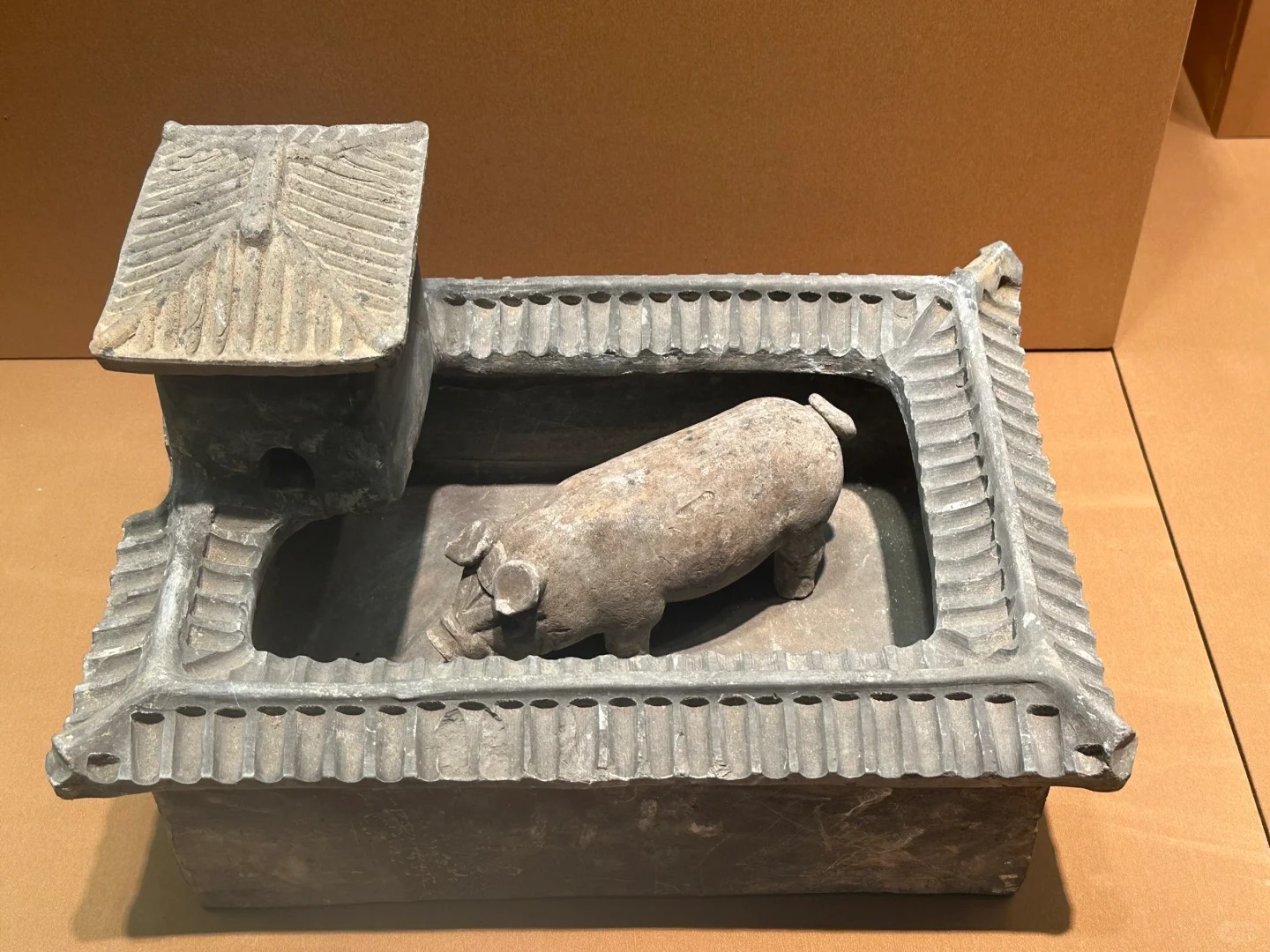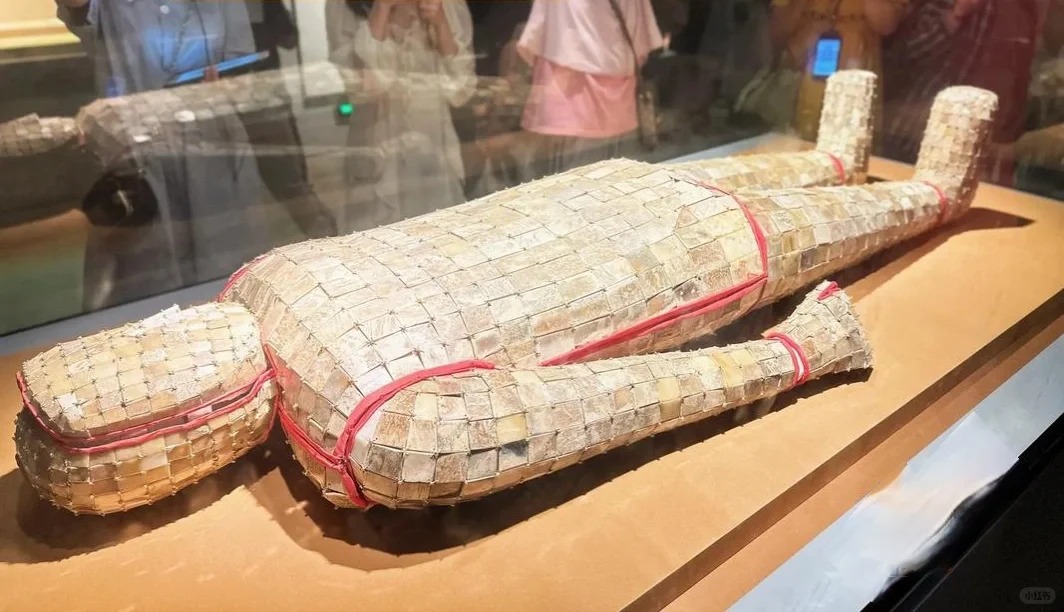Visiting Information
| Information | Details |
|---|---|
| Chinese Name | 南京博物院 (Nánjīng Bówùyuàn) |
| Location and Address | 321 Zhongshan East Road, Xuanwu District, Nanjing, Jiangsu Province, China |
| Opening Hours | Tuesday to Sunday: 9:00 AM – 5:00 PM (Last entry at 4:00 PM) Closed on Mondays (except public holidays) |
| Entrance Fee | Free admission (Some special exhibitions may require a fee) |
| How to Get There | By Metro: Line 2, get off at Mingugong Station, Exit 2 By Bus: Routes 7, 13, 304, 401, D2, get off at Zhongshan Gate stop By Taxi: Tell the driver “Nanjing Bowuyuan” |
| Best Time for Visit | Spring (March to May) and Autumn (September to November) |
| Contact Info | Tel: +86 25 84807923 Email: [email protected] |
Overview
Nanjing Museum, one of China’s largest museums, is a comprehensive national museum with a rich collection of historical and cultural artifacts. Established in 1933, it houses over 400,000 items, including precious relics from various dynasties, paintings, calligraphy, and modern art pieces. The museum offers visitors a deep dive into Chinese history and culture, making it a must-visit destination in Nanjing.
Historical Background
Nanjing Museum was founded in 1933 during the Republic of China era. It was originally named the National Central Museum and was one of the first modern museums in China. The museum has survived through tumultuous times, including the Second Sino-Japanese War and the Chinese Civil War. Throughout its history, it has played a crucial role in preserving Chinese cultural heritage. In 2013, after extensive renovation and expansion, the museum reopened with modernized facilities and enhanced exhibitions, reaffirming its status as one of China’s premier cultural institutions.

Architectural Features
- Republican-era Building: The original building of the museum, constructed in the 1930s, showcases a blend of traditional Chinese and Western architectural styles. Its green-tiled roof and red walls are characteristic of the Republican-era architecture, reflecting the cultural fusion of that period.
- Modern Exhibition Halls: The newer parts of the museum feature contemporary architectural design with spacious, well-lit exhibition halls. These modern structures provide an ideal environment for displaying artifacts and hosting interactive exhibitions.
- Digital Gallery: A state-of-the-art digital gallery employs advanced technology to create immersive experiences, allowing visitors to interact with virtual representations of historical artifacts and scenes.
- Outdoor Sculpture Garden: The museum’s grounds include a sculpture garden that seamlessly integrates art with nature, featuring both modern and classical Chinese sculptures amidst carefully landscaped greenery.
Cultural Importance
Nanjing Museum holds immense cultural importance as a guardian of Chinese heritage. It houses some of the most significant artifacts from various periods of Chinese history, including the Neolithic Age, Bronze Age, and subsequent dynasties. The museum’s collection of Ming and Qing dynasty porcelain is particularly renowned. Its exhibitions on the history of Jiangsu province and Nanjing city provide valuable insights into regional cultural development. Moreover, the museum plays a crucial role in cultural education, research, and international cultural exchanges, enhancing understanding of Chinese civilization both domestically and globally.
Surrounding Attractions
- Zhongshan Mountain National Park: Located near the museum, this park includes several historical sites such as Sun Yat-sen Mausoleum, Ming Xiaoling Mausoleum, and Linggu Temple. It offers a combination of natural beauty and historical significance, making it a perfect complement to a museum visit.
- Xuanwu Lake Park: A short distance from the museum, this scenic park features a large lake surrounded by historic sites and beautiful gardens. It’s an ideal place for relaxation after exploring the museum, offering boat rides, walking paths, and stunning views of the city skyline.
- Nanjing City Wall: The ancient city wall, parts of which date back to the Ming Dynasty, is within walking distance from the museum. Visitors can walk on sections of the wall and visit the Zhonghua Gate castle complex, experiencing a tangible piece of Nanjing’s history.
- Presidential Palace: This historic complex served as the presidential palace during the Republic of China era. Now a museum, it offers insights into modern Chinese history and complements the broader historical narrative presented in the Nanjing Museum.

Photography Opportunities
- Exterior Architecture: The contrasting architectural styles of the old and new museum buildings provide interesting subjects for photography. The traditional Chinese elements of the Republican-era building juxtaposed with modern structures create visually appealing compositions.
- Exhibition Halls: While photography of artifacts is often restricted, the spacious and well-designed exhibition halls themselves offer opportunities for interior architectural shots. The play of light and shadow in these spaces can create dramatic images.
- Sculpture Garden: The outdoor sculpture garden provides a perfect setting for capturing the interplay between art and nature. The varied sculptures against the backdrop of greenery offer numerous possibilities for creative photography.
- Interactive Exhibitions: Some of the museum’s interactive and digital exhibitions allow photography, presenting unique opportunities to capture visitors engaging with history through modern technology.
Modern Importance
- Cultural Heritage Preservation: Nanjing Museum plays a crucial role in preserving and showcasing China’s rich cultural heritage. Its vast collection and research activities contribute significantly to the understanding and conservation of historical artifacts.
- Educational Resource: As a major educational institution, the museum offers numerous programs for students, researchers, and the general public. Its interactive exhibits and educational activities make history and culture accessible to a wide audience.
- Tourism and Cultural Exchange: The museum is a key attraction in Nanjing, contributing to local tourism and economy. It also serves as a platform for international cultural exchanges, hosting exhibitions from around the world and promoting Chinese culture globally.
- Technological Innovation in Museums: With its digital galleries and interactive exhibitions, Nanjing Museum is at the forefront of integrating technology into museum experiences. It serves as a model for modernizing traditional museum practices while enhancing visitor engagement.

FAQ
- What is Nanjing Museum famous for?
Nanjing Museum is famous for its vast collection of Chinese art and historical artifacts, particularly its Ming and Qing dynasty porcelain, jade carvings, and ancient bronze wares. - What’s inside Nanjing Museum?
Inside Nanjing Museum, you’ll find extensive collections of Chinese art, historical artifacts, ancient ceramics, paintings, calligraphy, jade, bronze wares, and special exhibitions on various themes of Chinese history and culture. - Is Nanjing Museum free?
Yes, Nanjing Museum offers free admission to its permanent exhibitions. However, some special exhibitions may require a separate fee. - Is Nanjing Museum worth visiting?
Absolutely. Nanjing Museum is worth visiting for its comprehensive collection of Chinese artifacts, well-curated exhibitions, and insights into Chinese history and culture. It’s considered one of the top museums in China. - What to do in Nanjing Museum?
In Nanjing Museum, you can explore various exhibition halls, view ancient artifacts, participate in interactive displays, visit the digital gallery, enjoy the outdoor sculpture garden, and potentially attend cultural events or lectures. - How do I get to Nanjing Museum in the local city?
In Nanjing, you can reach the museum by taking Metro Line 2 to Mingugong Station and exiting from Exit 2. Alternatively, you can take buses 7, 13, 304, 401, or D2 to the Zhongshan Gate stop. - How to visit Nanjing Museum?
To visit Nanjing Museum, plan to spend at least 2-3 hours there. Check the opening hours and any special exhibition schedules in advance. Consider guided tours or audio guides for a more informative experience. Remember to bring your ID for free entry, and be prepared for security checks at the entrance.




